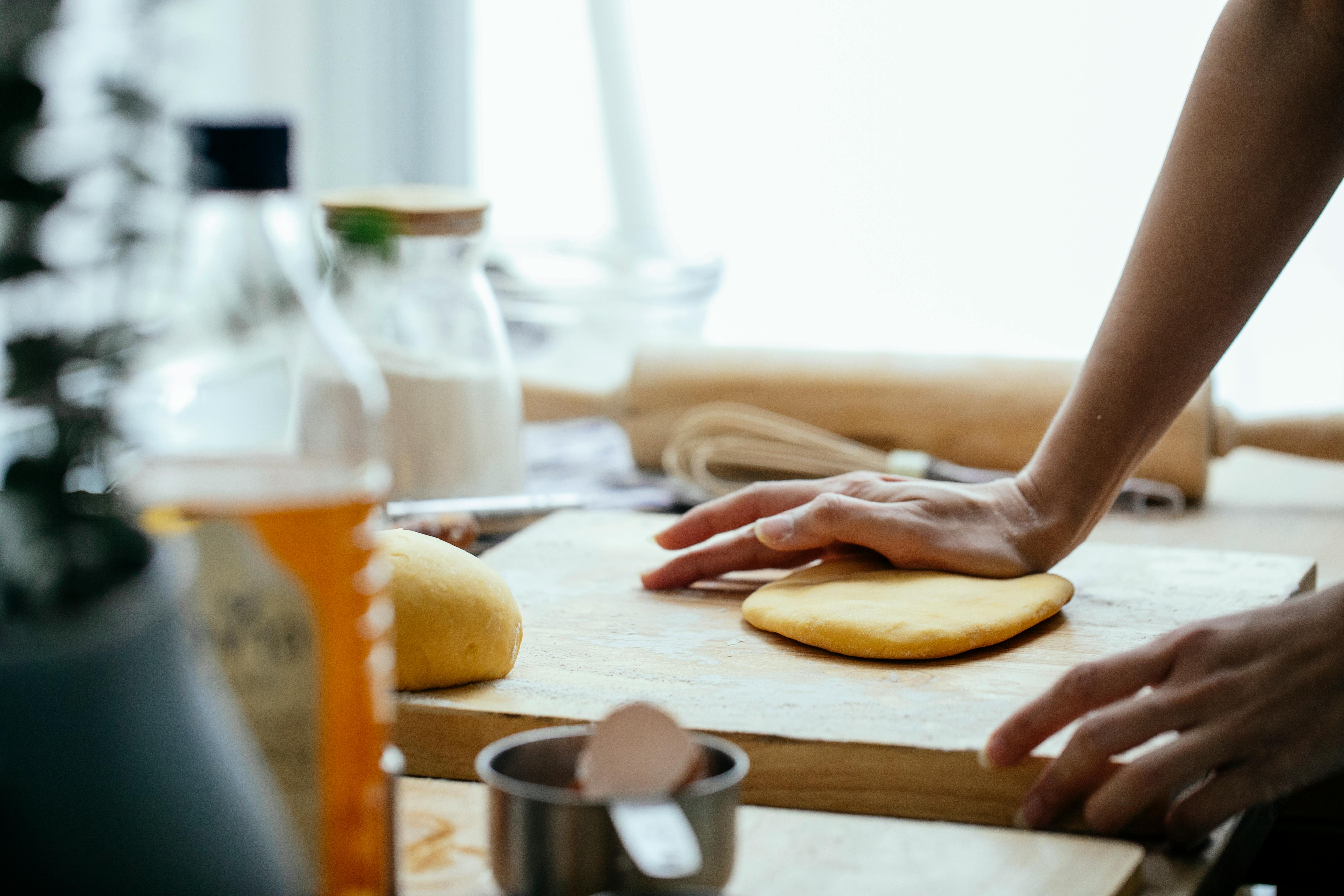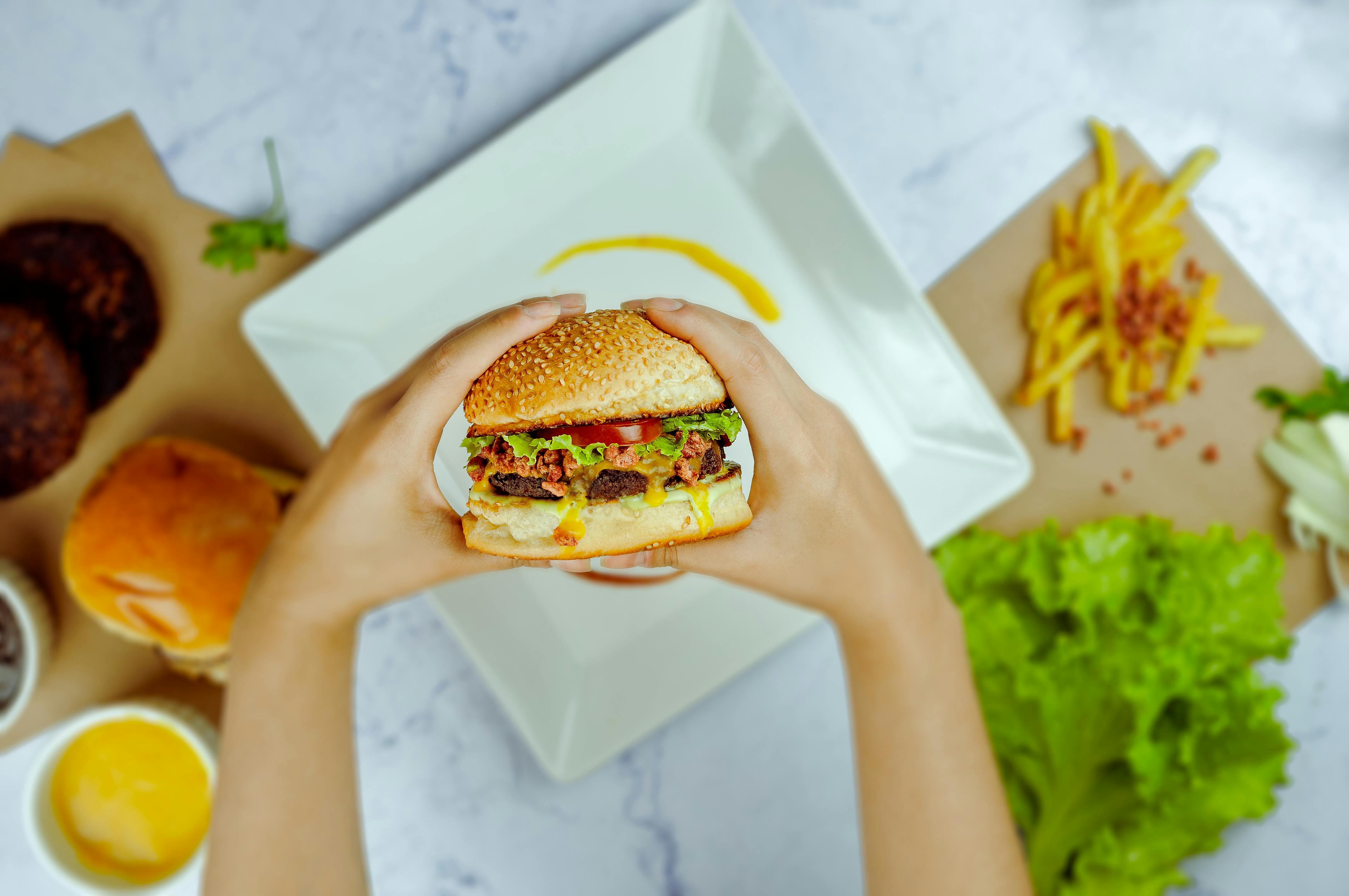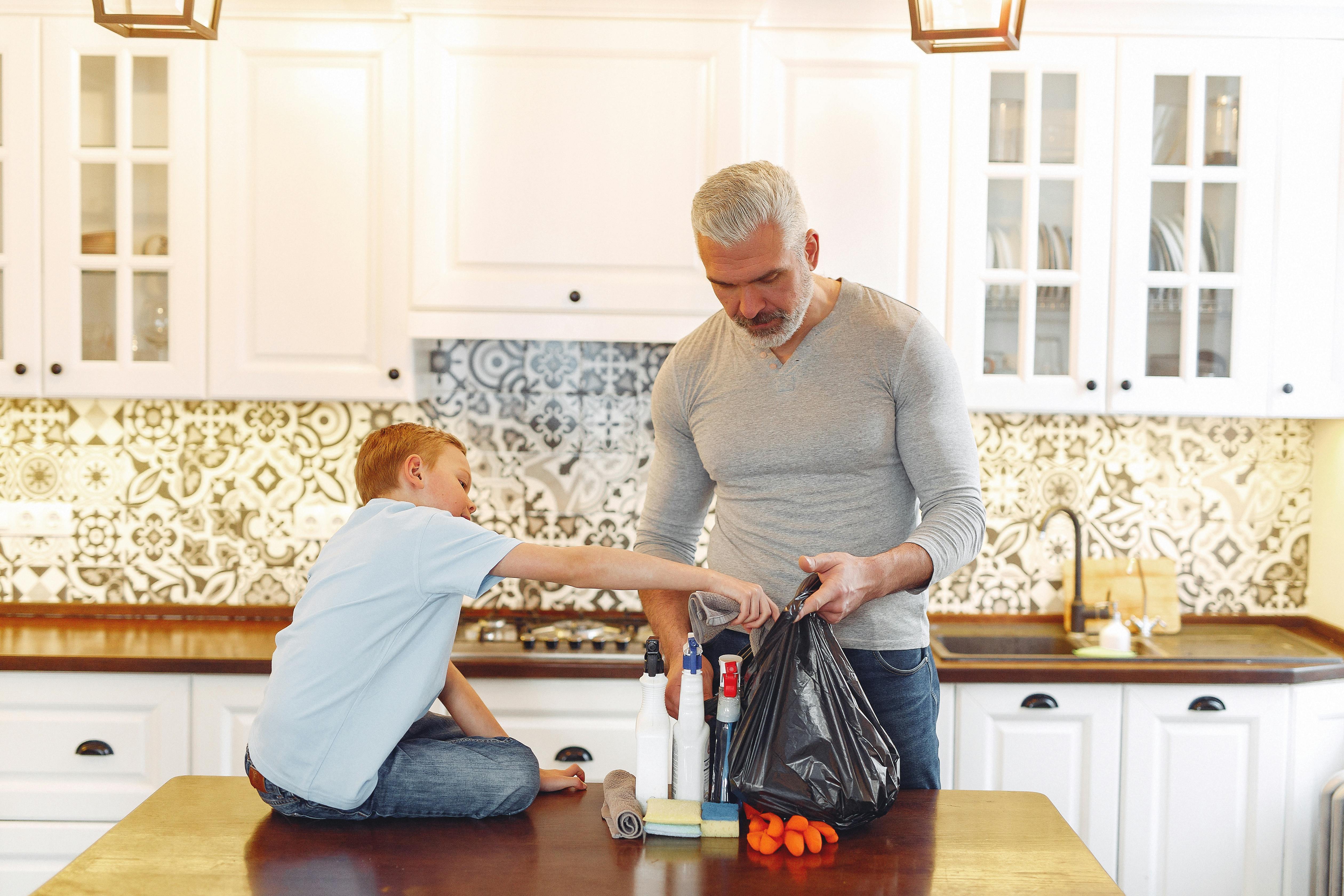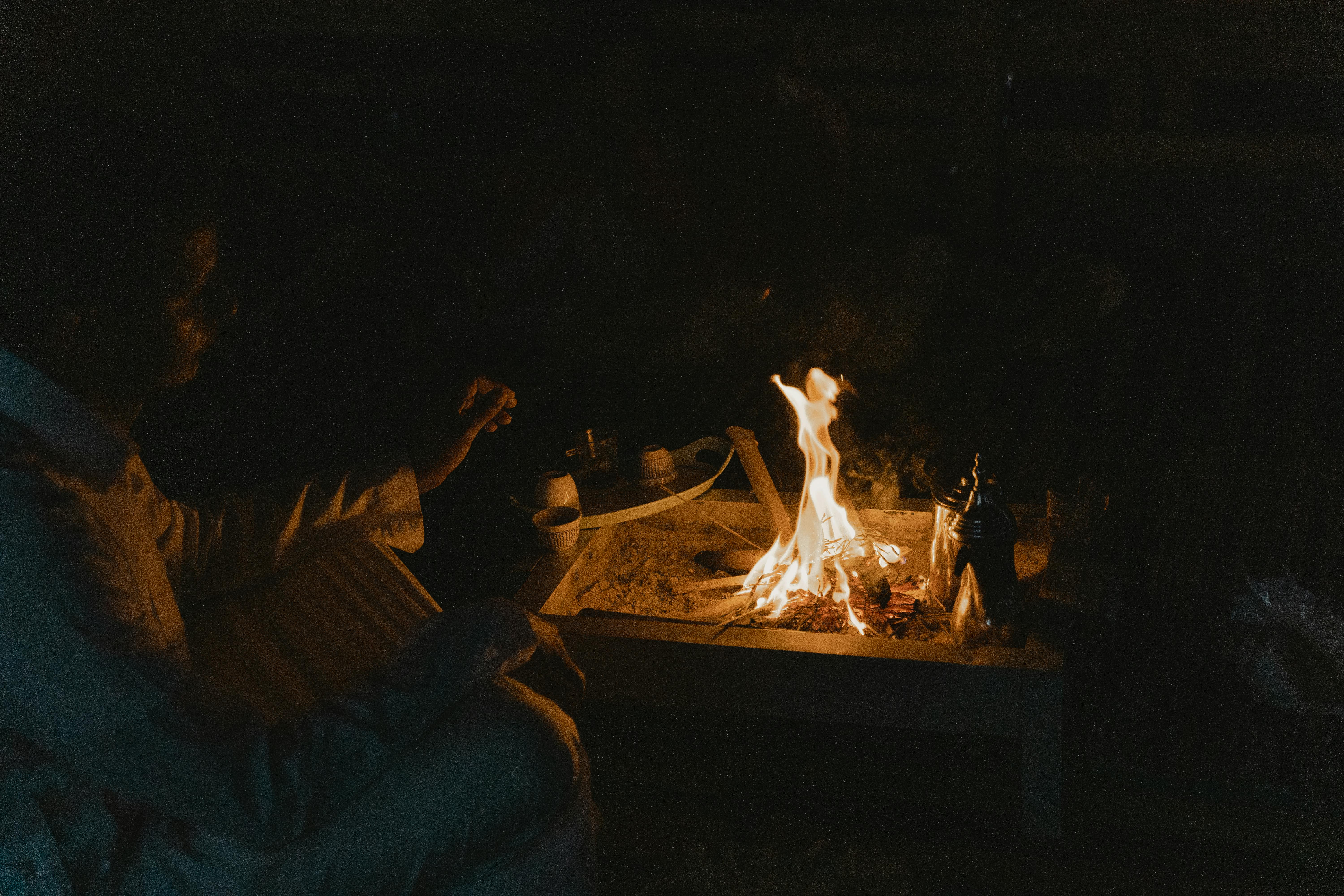
4 Essential Solutions for Drinking Water Scarcity
Without water, all that lives will certainly perish. For humans, the time for that to happen can be as short as 3 days. Unfortunately, after disasters of all kinds, even the best bottled drinking water quickly disappears from store shelves in no time. And unless you already have water shortage solutions in place before such a disaster, you and your family could be in big trouble.
1. Water treatment with chlorine bleach
Regular household chlorine bleach can be used in very small amounts to purify drinking water. This will usually kill any bacteria and viruses that would otherwise make the water unsafe to drink. However, you should be sure to use chlorine bleach and not any “color-safe” alternative. Also, be sure to use unscented chlorine bleach, as the additives used to make the scent could be potentially hazardous to drink, and you obviously don’t want that in your final drinking water.
As a guide, you’ll want to use about 2 drops of unscented chlorine bleach per quart of untreated water, or 8 drops per gallon. After adding the drops, let the water sit for a minimum of 30 minutes and preferably an hour or more to ensure all viruses and bacteria have been killed before drinking.
Since most homes already have chlorine on hand, this may be one of the most viable solutions to a shortage of drinking water.
2. Use the best survival water filter to remove pathogens
Filtering your water is a viable option as one of your solutions to water scarcity, provided you have the right type of filter for the job. Not every filter will work, as not all water filters commonly sold in stores are capable of removing the very small bacteria and viruses that may be present in raw water from a questionable source. Those department store-bought filters are usually only designed to remove impurities that affect the taste and odor of your water.
Gravity-fed and/or ceramic block-type water filters are typically what you’ll be looking for here. These come in sizes intended for your kitchen countertop, whole-house-sized systems, (some) portable pitchers, and even small “straw” filters made for backpacks and other take-anywhere applications. As such, the best survival water filter will be a ceramic block type in the size or platform that best meets your needs.
3. Purify the water with an ultraviolet light purifier
Most pathogens are easily destroyed by exposure to ultraviolet light. For this reason, one method of purifying water that is becoming more popular involves the use of a device, usually a special bottle or container, that has a battery-operated light attached to the unit to expose the water it adds. to UV rays, thus killing bacteria and viruses so that the water is safe to drink.
These devices usually come with instructions that can vary depending on the manufacturer. The basic concept works as follows: pre-filter the water with a coffee filter or similar cloth to remove dirt and larger particles, place the water and light fixture in the bottle, activate the UV light during specified time (often while stirring or shaking) and then you are able to drink the water.
4. Distilling water from questionable sources
Distillation is a process of evaporating and then collecting water from the steam that was created. Since particles and pathogens cannot be carried by water in its vaporous state, the resulting water is quite pure. Of these water shortage solutions, this one requires installing a system of containers and pipes to heat the water and then condense and collect purified water, and can be more difficult, though not impossible, to do once a disaster strikes. .
Distilled drinking water is probably one of the safest in terms of ensuring that no contaminants or pathogens remain in the water after processing. However, it is important to note that the process also removes any minerals that would normally be found in drinking water. Therefore, it may be beneficial to supplement calcium and other minerals if this method is used long term.




No Comment